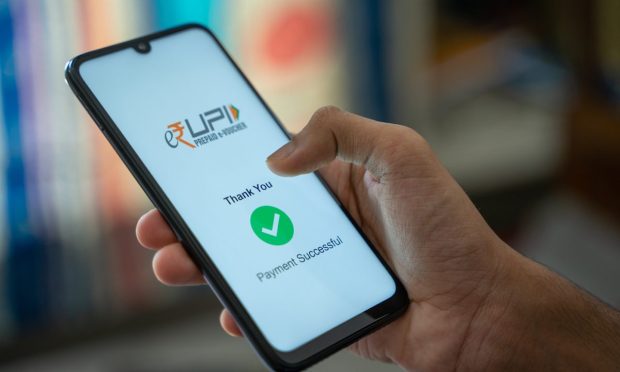How ubiquitous have digital payments become in India?
As Australia’s Sydney Morning Herald reported Saturday (Jan. 21), street-side produce vendors in the country now include QR codes among their vegetables, one of many signs of the digital transformation of the world’s most populous country.
Among the others: India has about 1.2 billion mobile phone subscribers, which — when combined with digital payments — has allowed millions of small vendors to do business without cash. And the National Payments Corporation of India (NPCI) estimates that by late last year, it was processing upwards of than 45% of the world’s real-time monthly transactions.
Changes like these have led to a “new kind of welfare state based on digital direct benefit transfers and interlinked e-governance systems,” Nalin Mehta, an author who has written about India’s digital revolution, told the newspaper.
“Digital India changes the basic plumbing that underlies Indian society, transforming politics, the government’s relationship with every Indian and the nature of the state itself,” he wrote.
Mehta said the changes have “profound implications for the rest of the world and for the future of global tech itself.”
India’s digital transformation is a topic that has been covered in depth in this space.
“India, traditionally reliant on cash, embarked on a digital payments journey 15 years ago,” PYMNTS wrote last month. “The process was marked by key milestones like the introduction of the instant Unified Payments Interface (UPI) in 2016. The 2016 demonetization further accelerated the transition to digital payments, leveraging the existing trend of Indian citizens using mobile phones for various transactions.”
Research by PYMNTS Intelligence shows that digital wallets have become the preferred payment method for 55% of retail purchases in India, with 80% of wallet users choosing UPI. Bank transfers are the second-most used underlying payment method, accounting for 12% of digital wallet payments.
“This preference for digital wallets and UPI reflects the convenience and ease of use they offer to Indian consumers,” PYMNTS wrote.
Meanwhile, the NCPI’s UPI payment system is expanding beyond India’s borders. Last week, the organization announced it was working with Google Pay to broaden the use of the system for travelers outside of India and establish similar digital payment offerings in other countries.
“UPI has demonstrated to the world the step change that happens in economies with the introduction of interoperable, population-scale digital infrastructure, and each economy that joins such networks will create impact beyond the sum of parts,” Deeksha Kaushal, director of partnerships for Google Pay, said in a news release.
See More In: Digital Payments, india, international, National Payments Corporation of India, News, NPCI, Payment Methods, PYMNTS News, United Payments Interface, UPI, What’s Hot
www.pymnts.com
https://www.pymnts.com/digital-payments/2024/digital-payments-change-basic-plumbing-of-indian-society/















